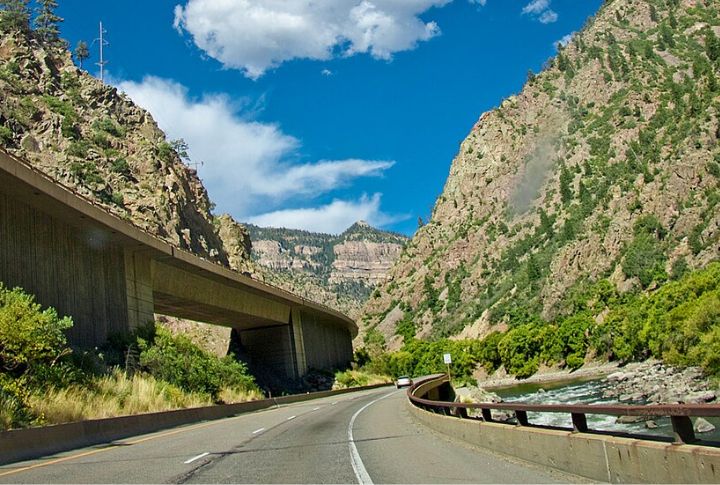
Roads do more than connect cities—they shape economies, influence cultures, and redefine how we travel. The Interstate Highway System is a prime example, with fascinating stories behind its creation and evolution. Let’s explore 20 surprising facts about these vital routes that keep America moving.
Origins of the Interstate Highway System
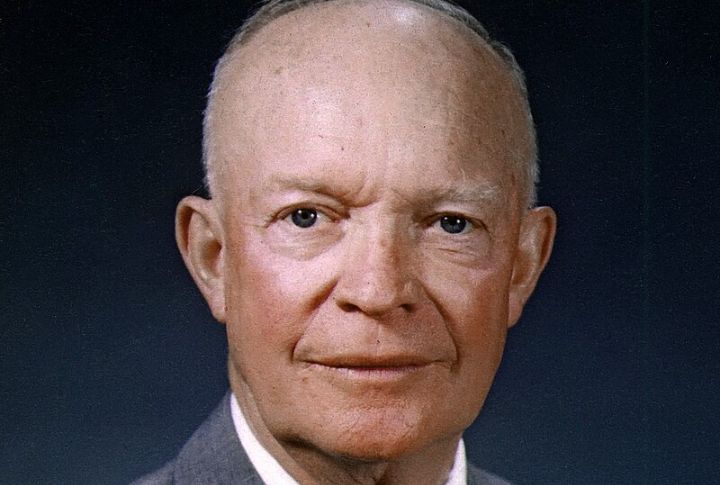
The Interstate Highway System, born in 1956 under President Eisenhower, revolutionized American travel. It was designed for speed, safety, and defense, echoing Germany’s autobahn inspiration. Initially spanning 41,000 miles, it united states with seamless routes. Imagine a nation without these important arteries of connection!
The Longest Interstate Stretch
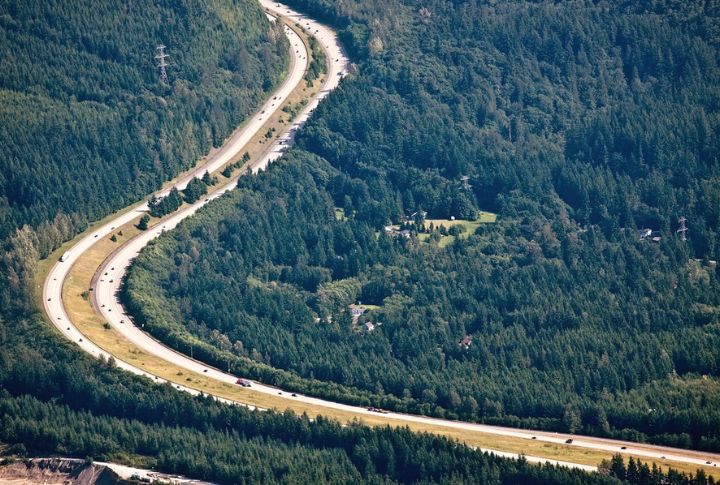
Interstate 90 stretches 3,020 miles, connecting Boston to Seattle. This route cuts through 13 states, offering breathtaking sights like the Badlands and Cascade Mountains. It’s a record of endurance, linking coast to coast with countless stories from travelers along its expanse.
Interstate Numbering Explained
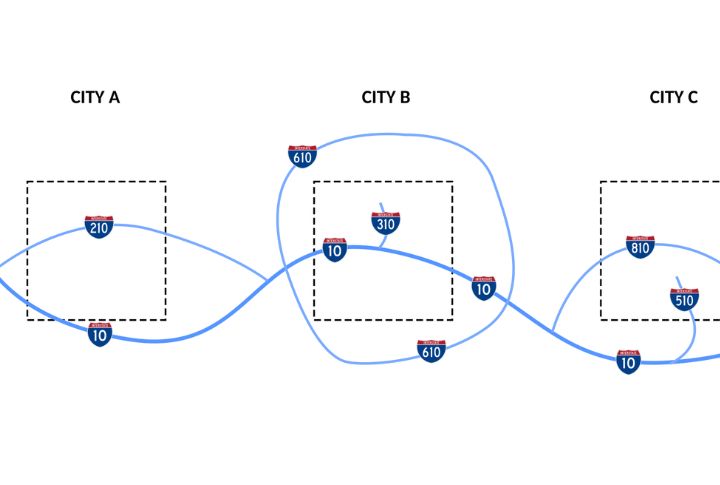
Odd numbers signify north-south routes, while even numbers designate east-west corridors. Lower numbers typically start in the south or west. A logical grid, established in 1957, makes navigation effortless. A simple glance at the number tells you its direction and importance.
Hawaii’s Interstate Highways
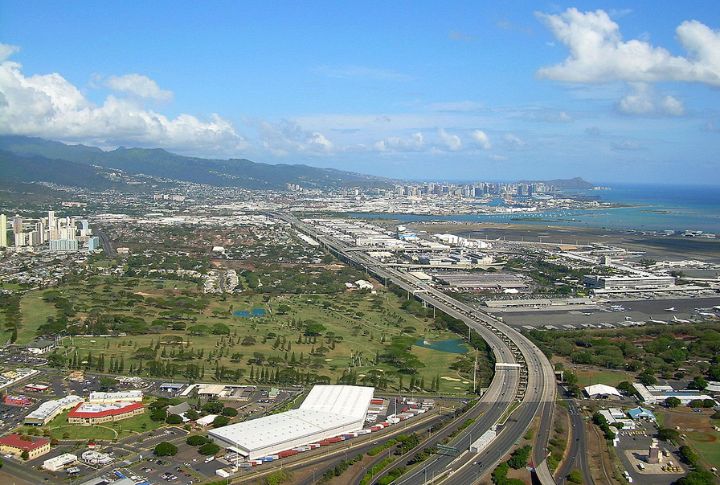
Hawaii’s Interstate Highways—H-1, H-2, and H-3—bridge military bases and metropolitan areas. Funded federally, they contradict the typical “interstate” label yet serve vital strategic and economic purposes. Fun fact: H-3 faced decades of delays due to environmental and cultural concerns.
The Most Traveled Interstate
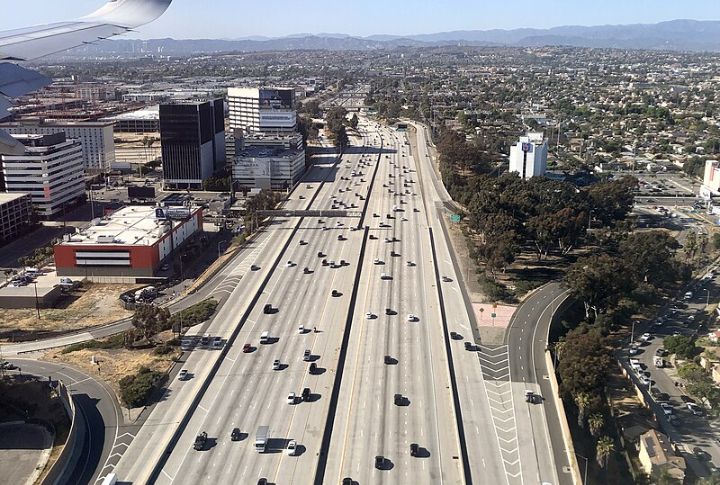
Interstate 405 in Los Angeles bears over 379,000 vehicles daily, making it a congestion champion. Nicknamed “the 405 crawl,” this stretch embodies urban gridlock. Despite frustrations, it’s a lifeline for millions navigating Southern California’s sprawling metropolis.
Interstate System’s Original Purpose
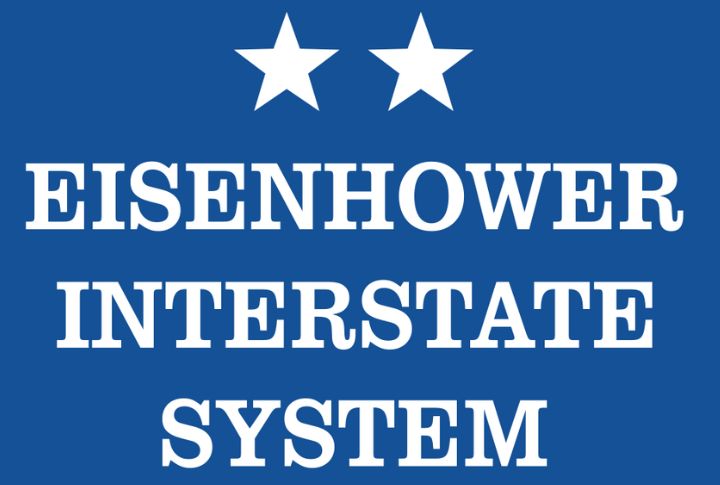
Defense dictated the early Interstate design, ensuring rapid military deployment. It is officially called the “National System of Interstate and Defense Highways,” and it includes straight stretches for potential emergency aircraft landings. Today, it symbolizes civilian freedom far more than military readiness.
The Shortest Interstate Route
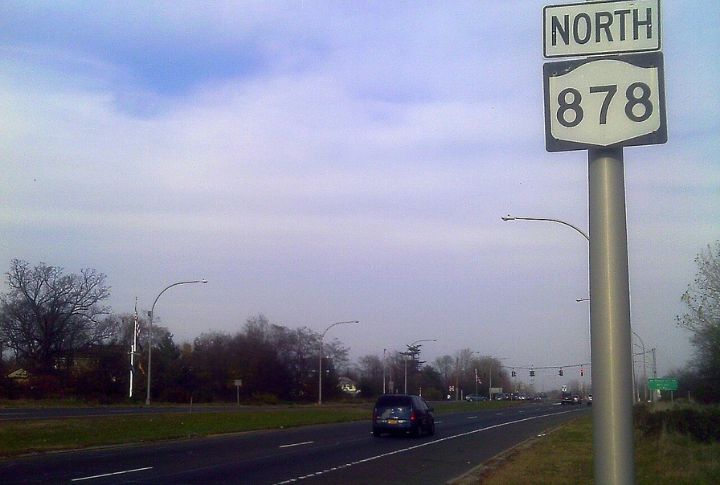
Interstate 878 in Queens, New York, barely covers 0.70 miles, acting more as a connector than a highway. Despite its minuscule length, it serves an essential function in linking critical routes. Small but mighty, it proves that size doesn’t always matter.
Interstate Construction Milestones
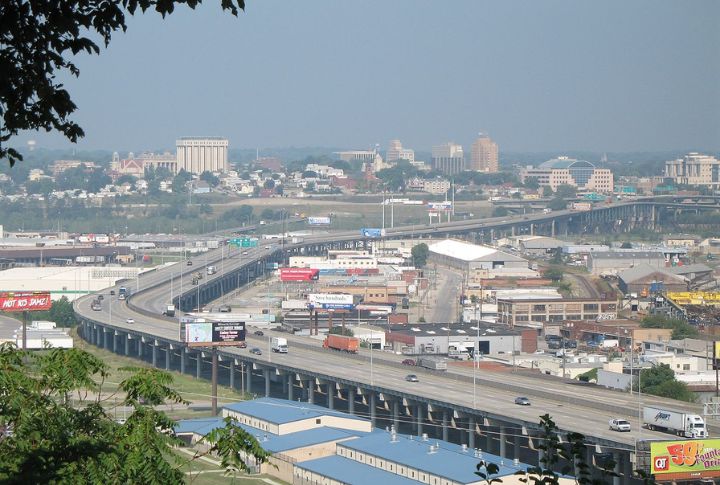
The last major milestone came in 1992 with I-70’s completion through Colorado’s Glenwood Canyon. Engineers overcame towering cliffs and fragile ecosystems, creating a scenic marvel. The segment, celebrated for innovation, marked the symbolic “completion” of the Interstate system.
Funding the Interstate Network
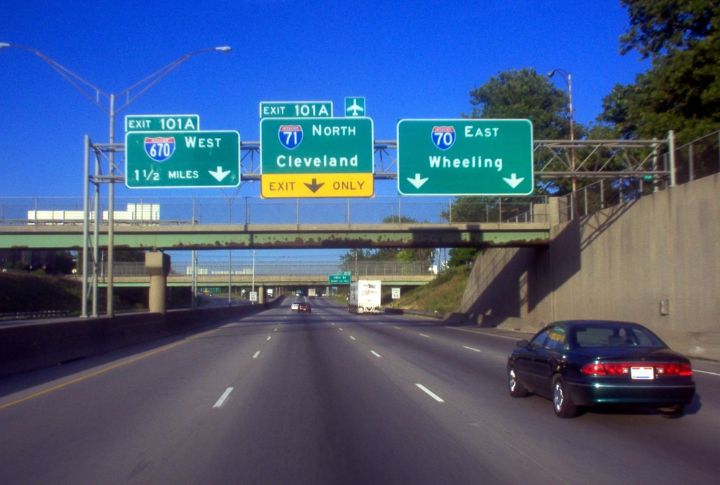
A federal gas tax introduced in 1956 funded 90% of the system’s construction costs. This innovative financing ensured rapid development without burdening individual states. The pay-as-you-go model set a precedent for future infrastructure projects nationwide.
Interstate Highway Design Standards
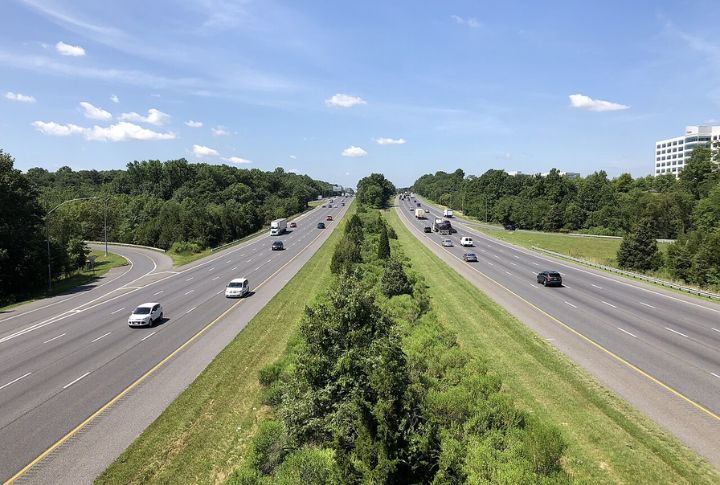
Controlled access points, wide lanes, and overpass clearances define the Interstate system’s design. These strict standards reduce accidents and enhance efficiency. The result? Safer journeys and economic growth cement the system’s reputation as a global infrastructure leader.
Unique Interstate Signage
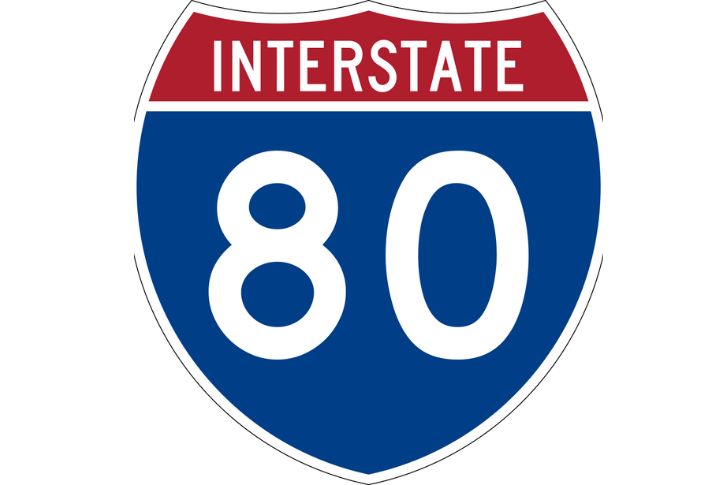
The red, white, and blue shield-shaped Interstate signs are instantly recognizable. Designed to convey trust and authority, they guide millions of drivers daily. The consistent branding reflects the system’s unity, ensuring even cross-country drivers feel at home on any route.
Interstate Impact on Economic Growth
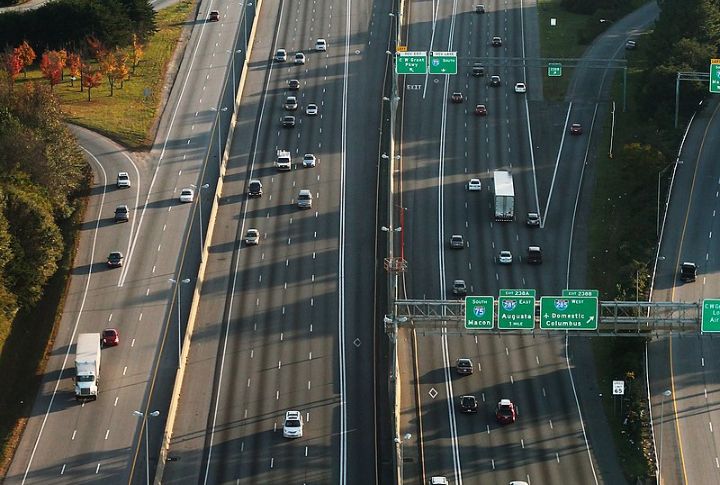
This highway network generates billions annually by streamlining goods movement and commuter traffic. By connecting rural towns to bustling cities, it fosters economic opportunities nationwide. Factories, farms, and retailers all thrive thanks to these vital arteries.
Environmental Considerations in Interstate Construction

Modern projects prioritize wildlife crossings and reduce carbon footprints. Examples like Montana’s animal overpasses show efforts to balance development with nature. Interstates now strive to coexist with the environment while maintaining their vital role in connectivity.
Interstate Highways and Urban Development
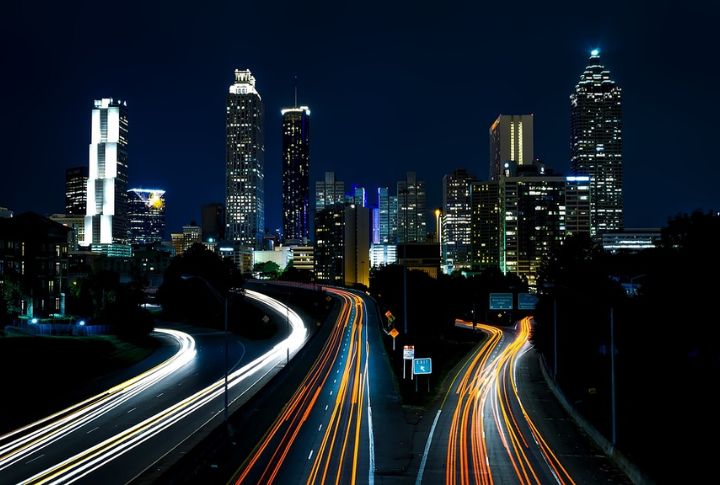
These highways fueled suburban sprawl, making distant suburbs accessible. Cities like Atlanta owe their growth to nearby Interstates. However, some criticize the system for cutting through historic neighborhoods and displacing communities in its path.
Emergency Airstrips on Interstates Myth
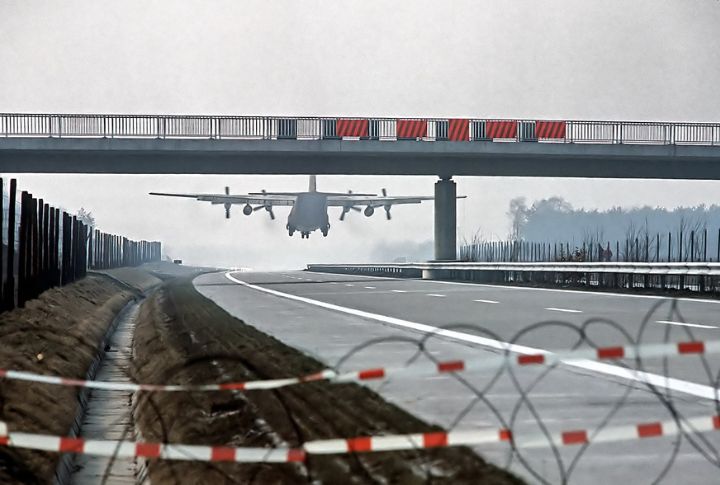
While no law mandates emergency airstrips, some stretches are long and straight enough for emergency landings. This myth stems from the system’s defense origins. Though unintended, these highways have occasionally served as improvised airstrips.
Interstate Rest Areas and Public Art
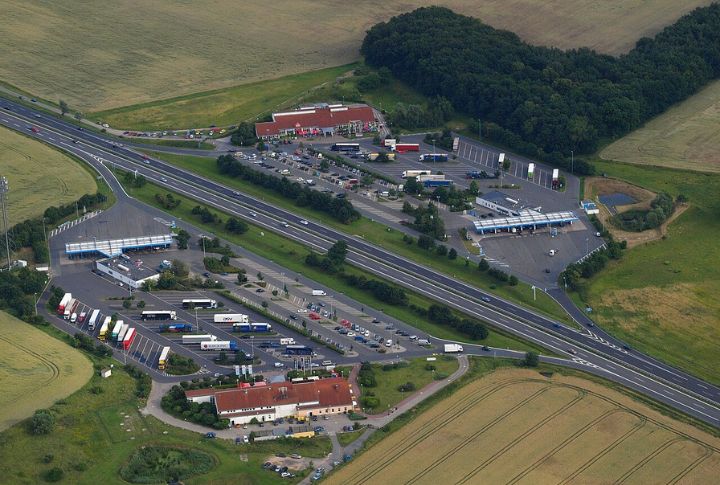
Rest areas along Interstates offer more than just pit stops. States like Iowa feature public art installations, turning mundane breaks into cultural experiences. These creative additions showcase local talent and reflect regional pride.
Wildlife Crossings Over Interstates

Wildlife overpasses and underpasses protect animals and drivers alike. Interstate 90 in Montana features such crossings, reducing collisions by 80%. These structures highlight a growing awareness of coexistence between infrastructure and ecosystems.
Interstate Highways and Route 66
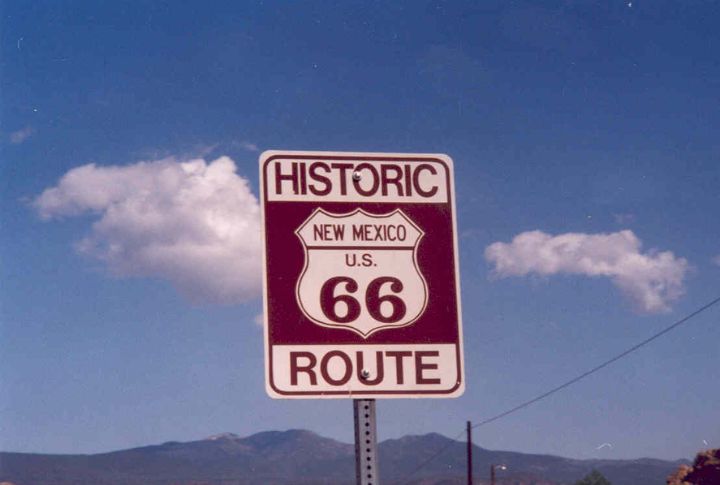
The rise of Interstates overshadowed iconic roads like Route 66. Dubbed the “Mother Road,” Route 66’s decline symbolizes progress and nostalgia. Today, it lives on as a scenic byway, offering glimpses of pre-Interstate America.
Interstate System’s Role in Cold War Defense
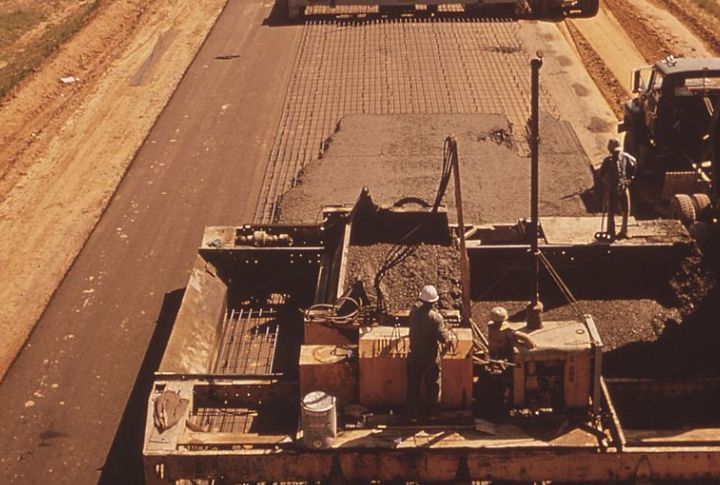
Built during Cold War tensions, these highways could evacuate cities or move troops swiftly. Bridges were designed to withstand tank crossings. Thankfully, they never saw such use but remain a fascinating relic of strategic foresight.
Interstate Highway System’s Cultural Impact
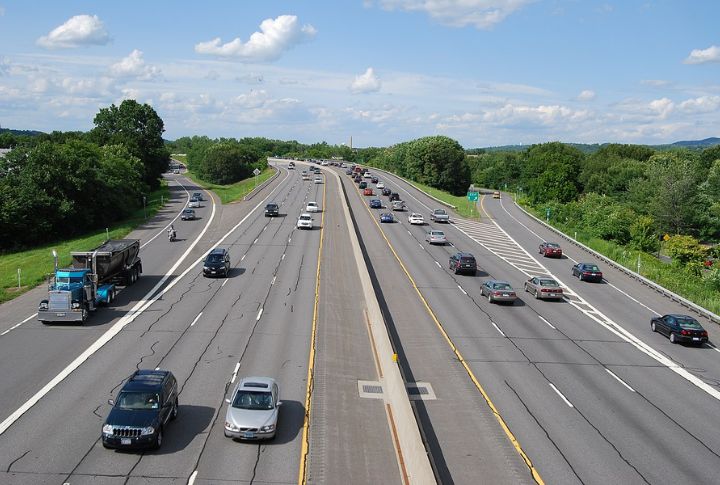
Beyond asphalt, Interstates symbolize freedom and adventure. Songs, movies, and literature immortalize these roads as paths to discovery. They’re more than connectors—they’re cultural icons shaping America’s identity. Your next drive might just echo these timeless stories.
